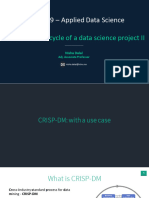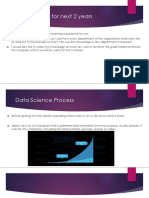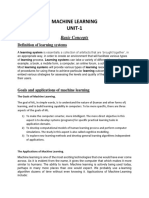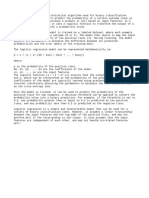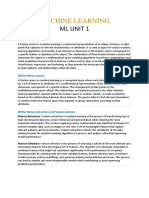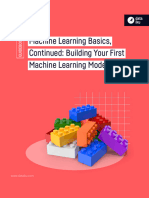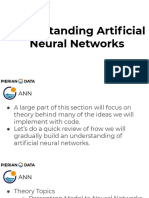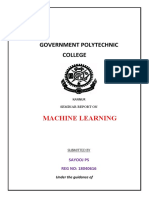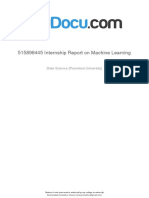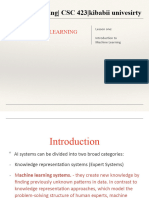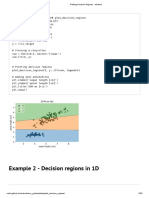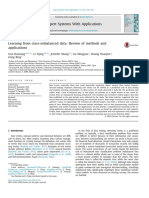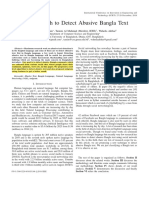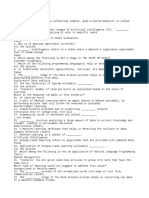0% found this document useful (0 votes)
334 views6 pagesArtificial Intelligence With Lab: Report: Machine Learning
This report discusses machine learning and provides examples of its applications. Machine learning uses algorithms to process and assist with processing statistical data, allowing computers to learn without being explicitly programmed. There are several types of machine learning, including supervised learning where the input and output are specified, unsupervised learning where the algorithm finds patterns in unlabeled data, and reinforcement learning where the algorithm learns multi-step tasks through rewards and punishments. The report outlines machine learning applications in areas like customer relationship management, business intelligence, human resources, self-driving cars, and virtual assistants. Machine learning algorithms can predict patterns based on past experiences and are powering technologies in many common domains.
Uploaded by
xensosCopyright
© © All Rights Reserved
We take content rights seriously. If you suspect this is your content, claim it here.
Available Formats
Download as DOCX, PDF, TXT or read online on Scribd
0% found this document useful (0 votes)
334 views6 pagesArtificial Intelligence With Lab: Report: Machine Learning
This report discusses machine learning and provides examples of its applications. Machine learning uses algorithms to process and assist with processing statistical data, allowing computers to learn without being explicitly programmed. There are several types of machine learning, including supervised learning where the input and output are specified, unsupervised learning where the algorithm finds patterns in unlabeled data, and reinforcement learning where the algorithm learns multi-step tasks through rewards and punishments. The report outlines machine learning applications in areas like customer relationship management, business intelligence, human resources, self-driving cars, and virtual assistants. Machine learning algorithms can predict patterns based on past experiences and are powering technologies in many common domains.
Uploaded by
xensosCopyright
© © All Rights Reserved
We take content rights seriously. If you suspect this is your content, claim it here.
Available Formats
Download as DOCX, PDF, TXT or read online on Scribd
/ 6



